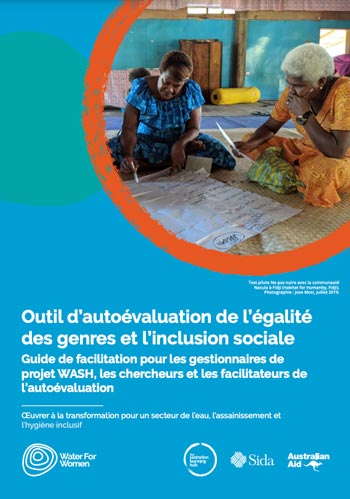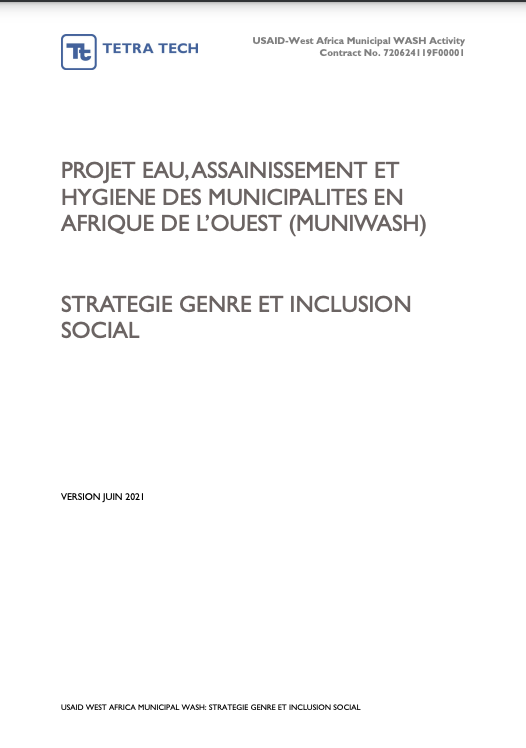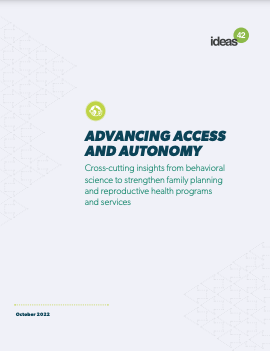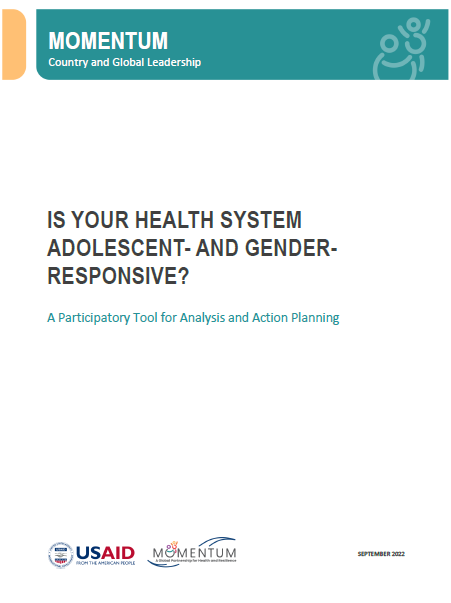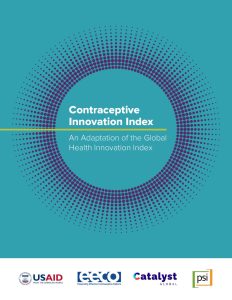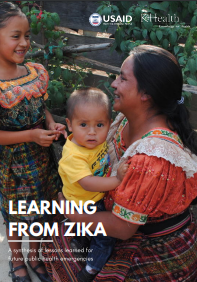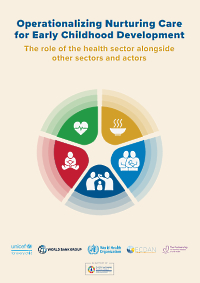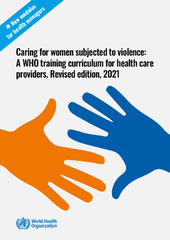Outil d’autoévaluation de l’égalité des genres et l’inclusion sociale
Ce guide s’adresse aux personnels des projets et organisations de recherche et de mise en oeuvre dans le secteur de l’eau, l’assainissement et l’hygiène (WASH) qui sont résolument décidés à améliorer les pratiques en matière d’égalité des genres et d’inclusion sociale (GESI) dans leurs projets et leurs organisations. Il est destiné aux chargés de programme, aux conseillers GESI, aux chercheurs et aux membres du personnel de votre organisation désireux d’améliorer leurs pratiques en matière de GESI. Il détaille les rôles et les attributions du point de contact (PC), du facilitateur, des participants et des sympathisants du processus d’autoévaluation.
Last modified: July 16, 2023
Language: English, French, Portuguese
Source: Water for Women
Year of Publication: 2021

